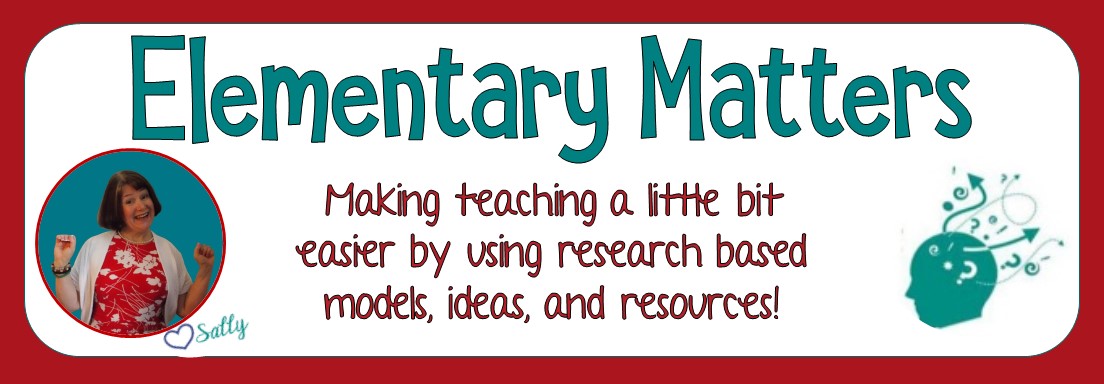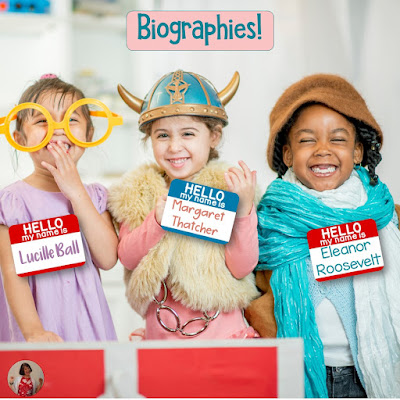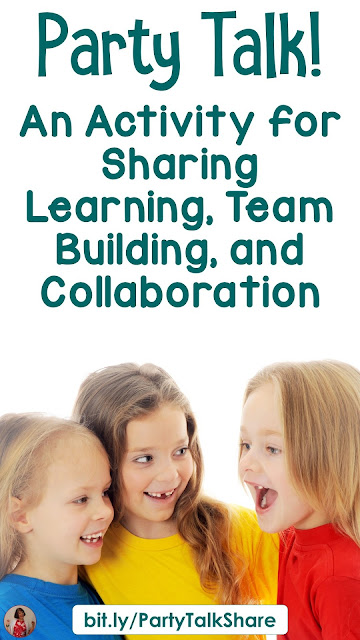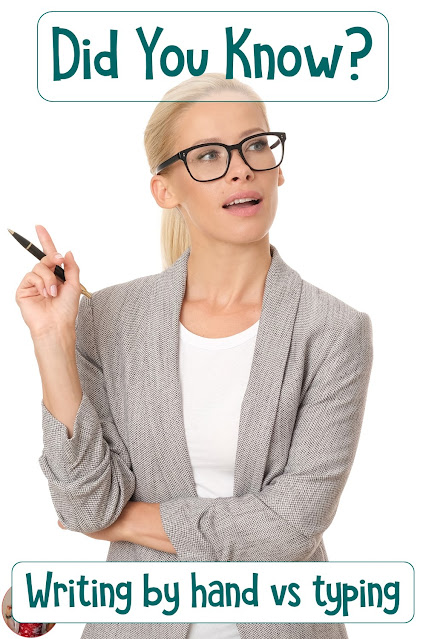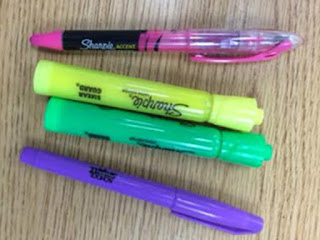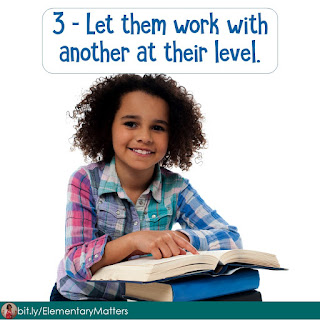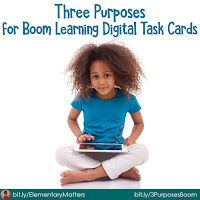Here's a fun way for students to share information, while enjoying a shared experience and bonding as a class!
It's called "Party Talk!"
I learned about this activity when I was working on my Master's program in Creative Arts in Learning. This particular class was a music class. Our assignment was to research a composer.
I
don't want to give away my age but this music assignment was when the
internet was
virtually unknown, and at the time, it was hard to find information
about a composer that was still alive... at the time. We were given the
assignment to learn about the composer, but we didn't know what we were
going to do with that information until we came to class that day.
Since I was working on a production of Company at the time, I chose to research Stephen Sondheim. (Yes, musical theatre is my thing. I played the part of April in this production!)
This isn't my production, but this "butterfly monologue" was one of my favorite scenes I've ever performed.
Again, this isn't me, but I did sing this song in the production. (You may recognize the man playing Bobby!)
We showed up the day the research was due, and had no idea what to expect! The instructor told us we were going to have a "cocktail party" and gave us "Hello My Name is..." tags.
Well, we put the names of our composers on our tags and started chatting with others at the "cocktail party." I chatted with Beethoven, Vivialdi, Tchaikovsky, Handel, Mozart, and several others. What a great way to share the information we learned!
Fast forward many years... although most of my teaching has been in the primary grades, I did spend a couple of years in fifth grade. (Luckily I had some awesome colleagues to help me!) While teaching the Revolutionary War, we were due for a research project, and I remembered this activity.
So we had a "Boston Tea Party." (I did make it clear we were going to drink tea rather than throw it in the harbor.) A parent volunteer made some awesome colonial themed nametags, we pulled of the "fine china" and they had tea (with plenty of sugar) while chatting with other colonial heroes. They used "cheat sheets, of course, and I gave them typical questions to ask each other. We modeled a few rounds on the days leading up to the event so they'd know what to expect. I had extra adults in the room that day to make sure they stayed on task and interacted with lots of classmates, not just their closest buddies. (Yes, children need a lot more guidance than adults, don't they?)
With adults, it's ok to call it a "cocktail party," but with the little ones, I prefer to call it "party talk."
Can you imagine your own precious little ones doing this?
As you know, children love to get dressed up and pretend to be someone (or something) else! Why not put that excitement into learning? Pretty much anything that can be researched can be presented in this way: biographies, careers, landforms, or even life cycles!
They really do enjoy dressing up and pretending to be someone else... it's like getting a second Halloween! (without the candy, of course!)
If you study Life Cycles, these are great for beginning researchers: The Life Cycle Collection
If you think about it, you can do party talk at just about any time! They could even have their own name on their nametags, and just talk about themselves! (Great beginning of the year activity!)
